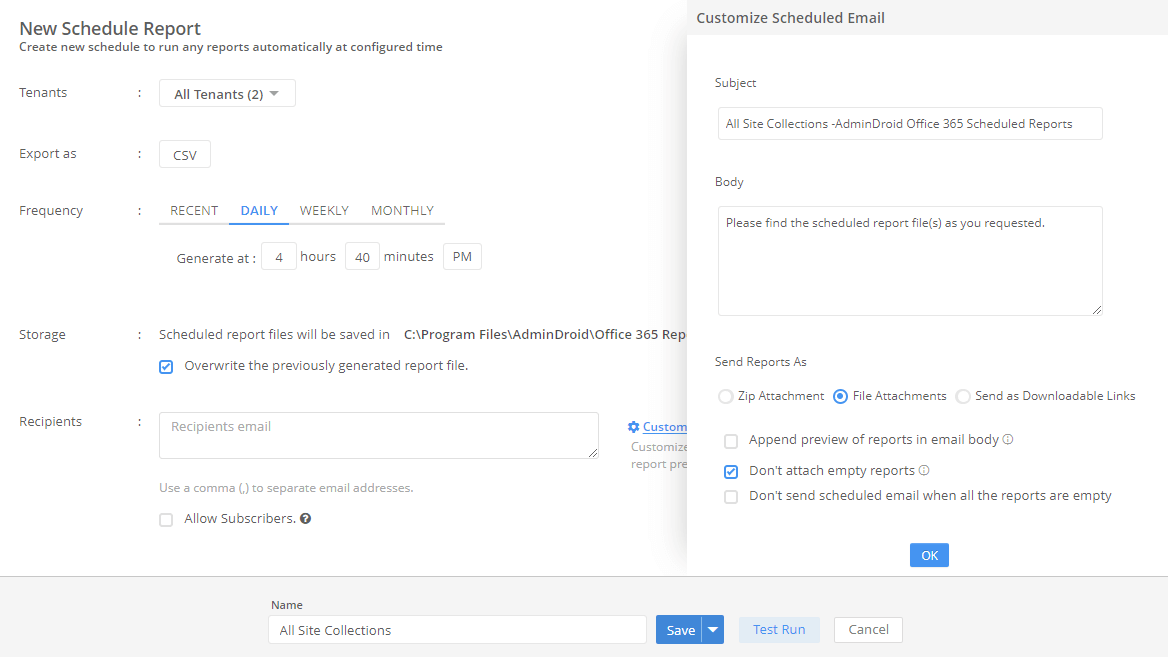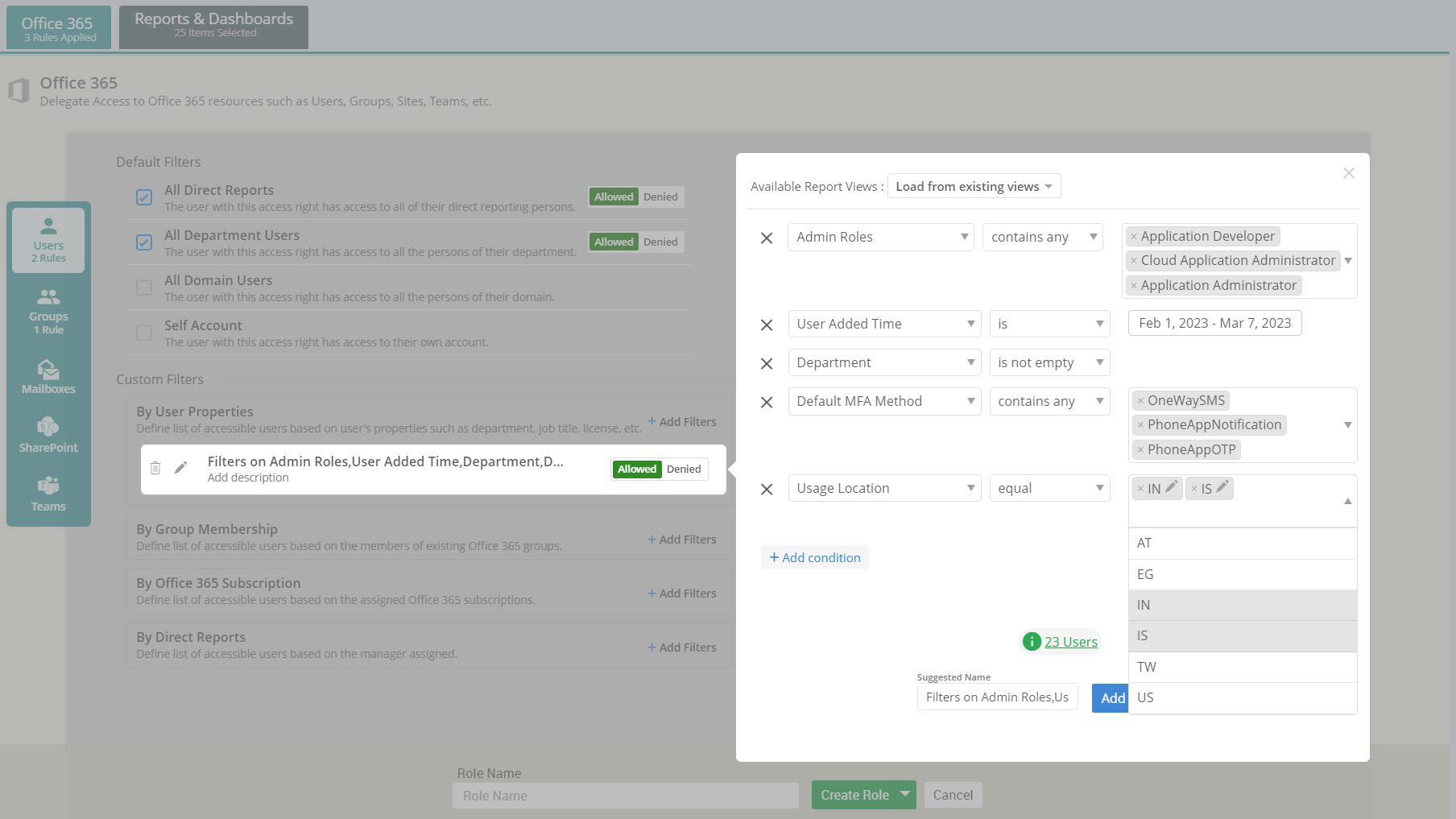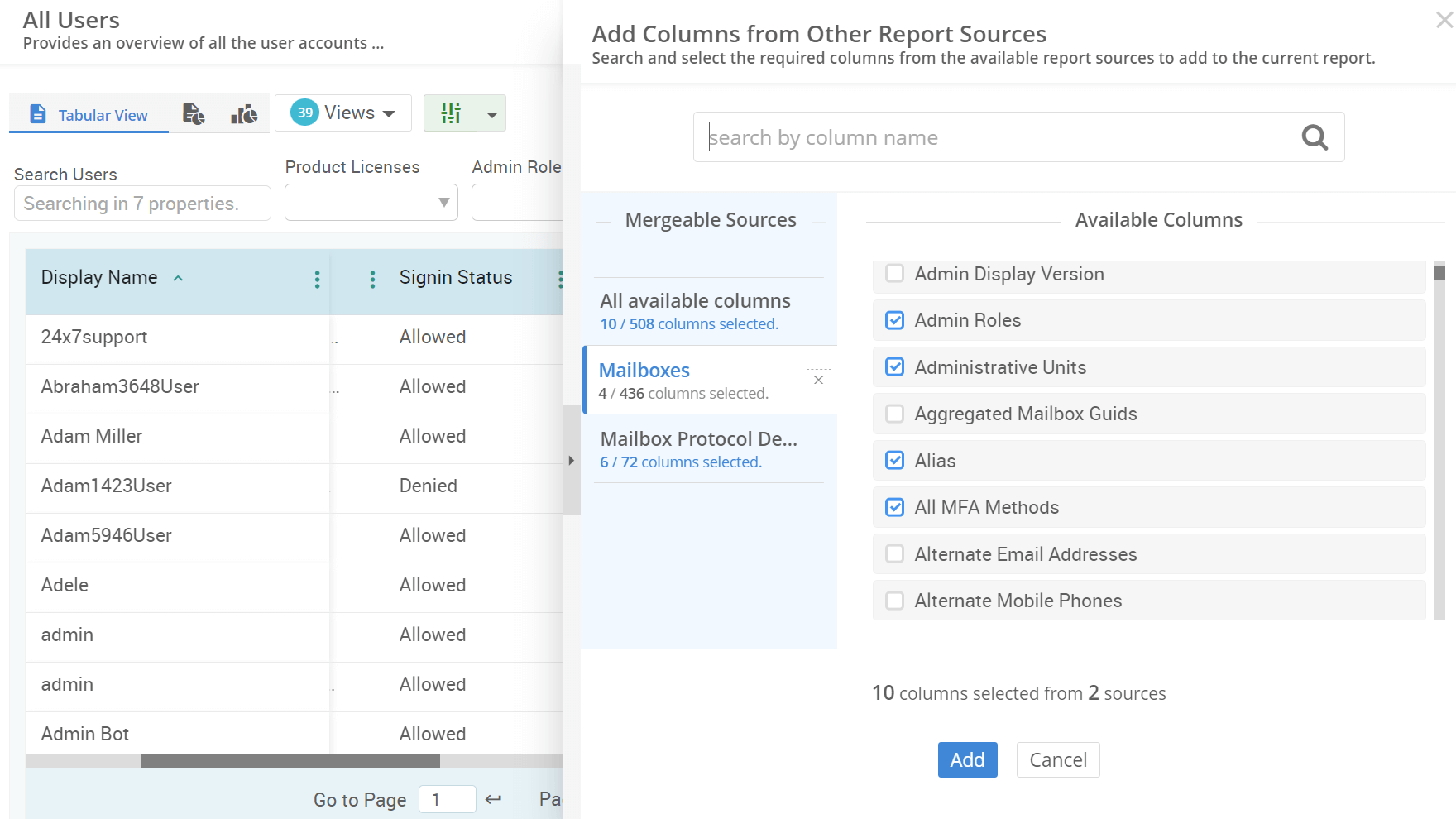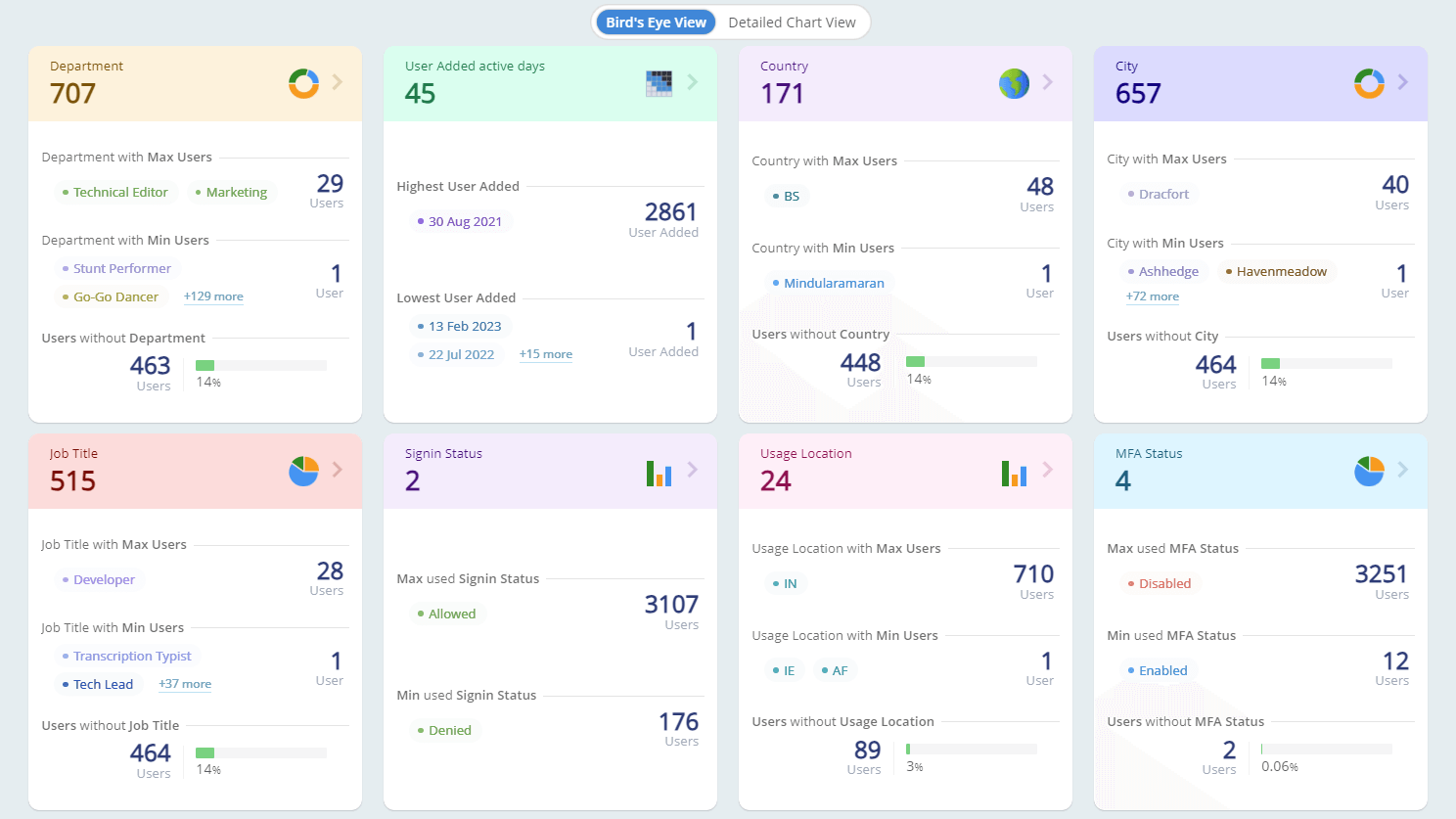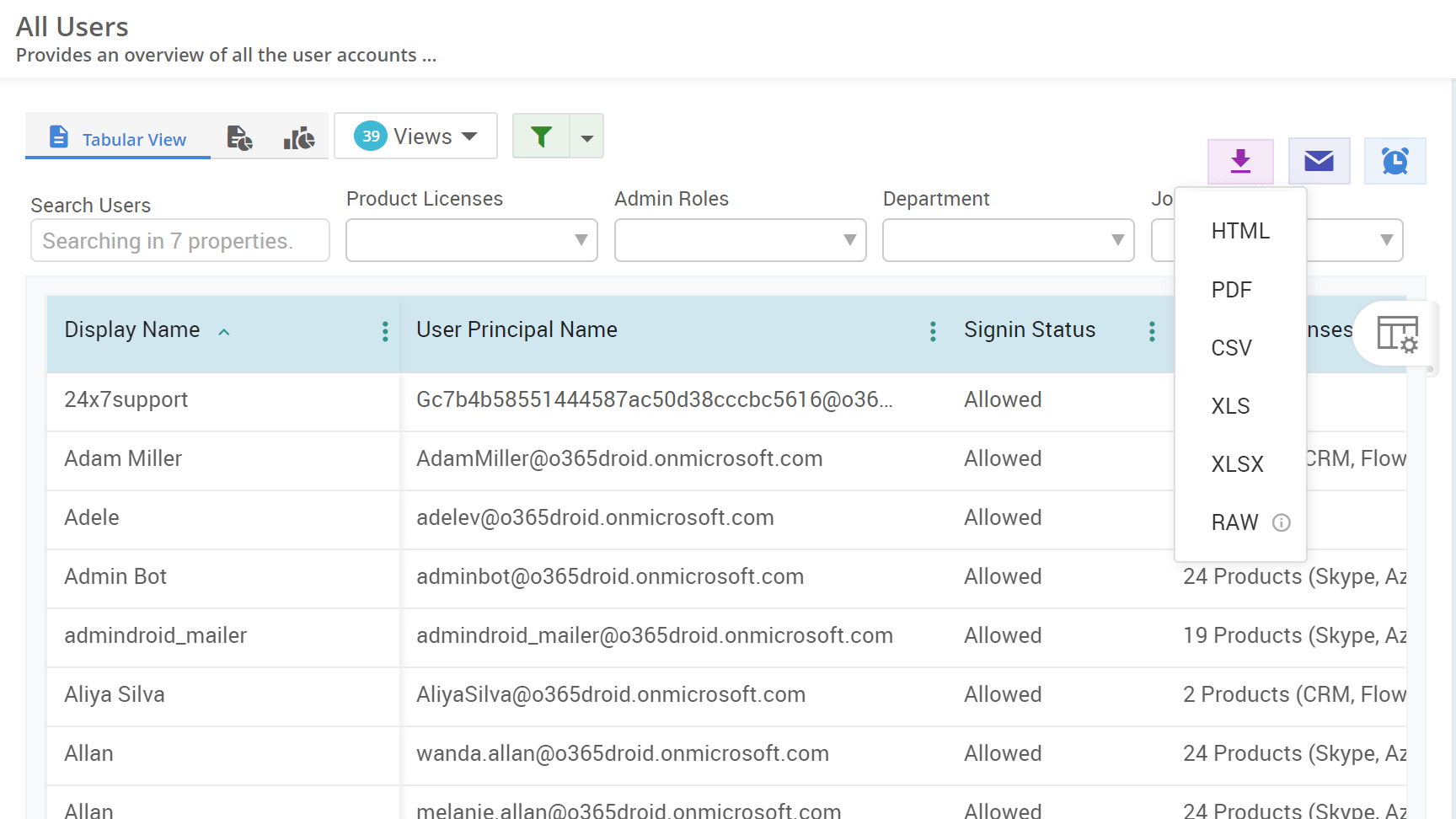How to Identify Emails Detected by DLP Policies in Exchange Online
DLP rule detections in Exchange Online emails indicate that sensitive data is being attempted to be shared within your organization. Repeated violations of DLP rules by users may signal a deliberate attempt to extract sensitive information. This guide will help you identify DLP rule matches in Exchange Online emails, enabling you to respond swiftly and protect data integrity.











